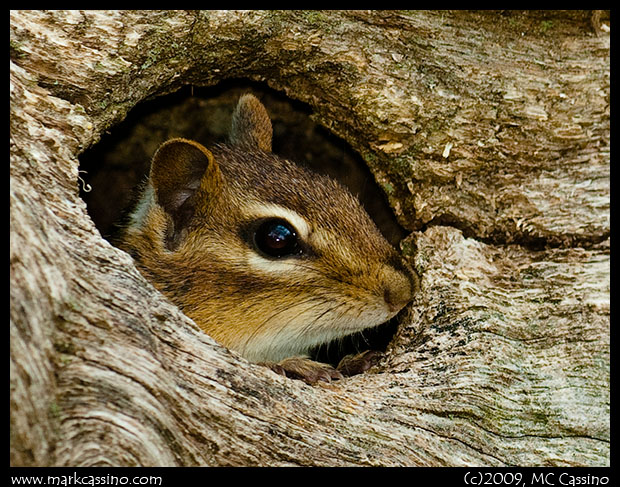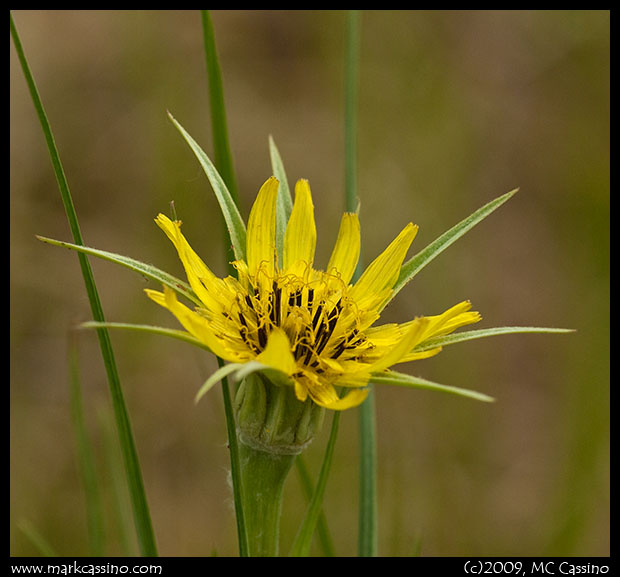The Old Farmstead
In the days ahead, I won’t be spending as much time as usual in the Allegan Forest. So last week I visited all of my favorite locations, and lingered extra long in the few places I feel closest to. I hit the Ottawa Marsh, the Coreopsis Field, the Swan Creek Dam, the bluff at the end on 125th Ave, the many empty fields on either side of 44th Street…
My favorite place of all in the Old Farmstead, off 48th street. You won’t find that name on any map – I made it up. But as a son of Adam I reserve the right to name things as I see fit.
On my last visit there, a chipmunk who lives near the entry point paused in its home – a hollow log. In the winter the snow in this place is a riot of fox and coyote tracks. They surely prowl the area, looking for prey like this little rodent. But somehow it manages to survive, and on this visit it poked its head out of its hole and watched me as I struggled to photograph dragonflies. Even as I turned my attention to it, the chipmonk remained unflinching – curious as to what I was doing, and more than willing to allow me to get close enough to make its portrait with a mere 200mm lens.

There is nothing about this place that suggests a farm – at least to the casual viewer. There is a crumbling corner of a small building’s foundation – you have to look for it to find it. There is a pile of field stones, rising out of the sandy soil. And that’s about it.
But the plants tell the story. In the spring the daffodils bloom. Apple trees rub elbows with dogwoods and redbuds in the forest. Near the pile of field stones one beleaguered apple tree still produces tempting fruit, and in late summer proffers a handful of bright red apples.
There are other signs. Lily of the Valley covers the forest floor. Palms – of all things, Palms – send their spiky leaves up through the sandy soil, right next to huge patches of Eastern Prickly Pear Cactus. Around this time of year, Irises push up from the soil – not one or two, but dozens. Only a few bloom, but their sword shaped leaves stab up at the sky, as if to say “I am still here.”
And then there are the strawberries. Acres and acres of wild – or is it feral – strawberries. Their thorny, wiry, stems make my style of “crawl on your belly” photography difficult – I often return with elbows and knees bright red from crawling on these inhospitable plants. In the spring they produce a few small, pale flowers. In mid summer they produce a few small berries. But year round they cover the ground with their spiny branches.
The soil here is very sandy. In places its breaks open with pure, white sand – the kind you’d expect to see at a beach. There are two – count them, two – asparagus plants in the sandy fields. They blend into the surviving vegetation every spring, and by midsummer wave their feathery plums in the breeze. The final remnants of a crop that some farmer may have pinned his hopes on, years ago.
The sandy hill slopes down to what I used to call a seasonal marsh, and now call a pond. There are some large white pines here, lots of wild raspberries, and other trees and shrubs. Many of the plants that lined the edge of the marsh are now dying – drowning under the now high water levels.
In the summer when I visit this place I frequently encounter deer. Sometimes it’s a fawn hiding in the tall grass under the walnut trees. Other times the deer have charged across the marsh as I’ve come close, kicking up spray as they run through the shallow water.
The marsh has been home to dragonflies, frogs, snakes, and turtles. I’m not sure how things will change now that it is an open body of water. These days, geese and ducks land in it, and frogs line the shore. I hear a lot more frogs than ever at this place – the twang of bullfrogs in particular.
On this last visit I wandered past the crumbling foundation stone, past the pile of rocks, down the hills along the pine forest to the pond. I followed the edge of the pond a ways, and then made my way back. I ran into two huge Blue Racer snakes in the dried grass – both verging on 6 feet in length – and we went our ways. I spent of a bit of time sitting on the pile of rock, and then made my way back to the car, passing through knee high Goat’s Beard as I left this place, leaving it to go its way in the summer months.
